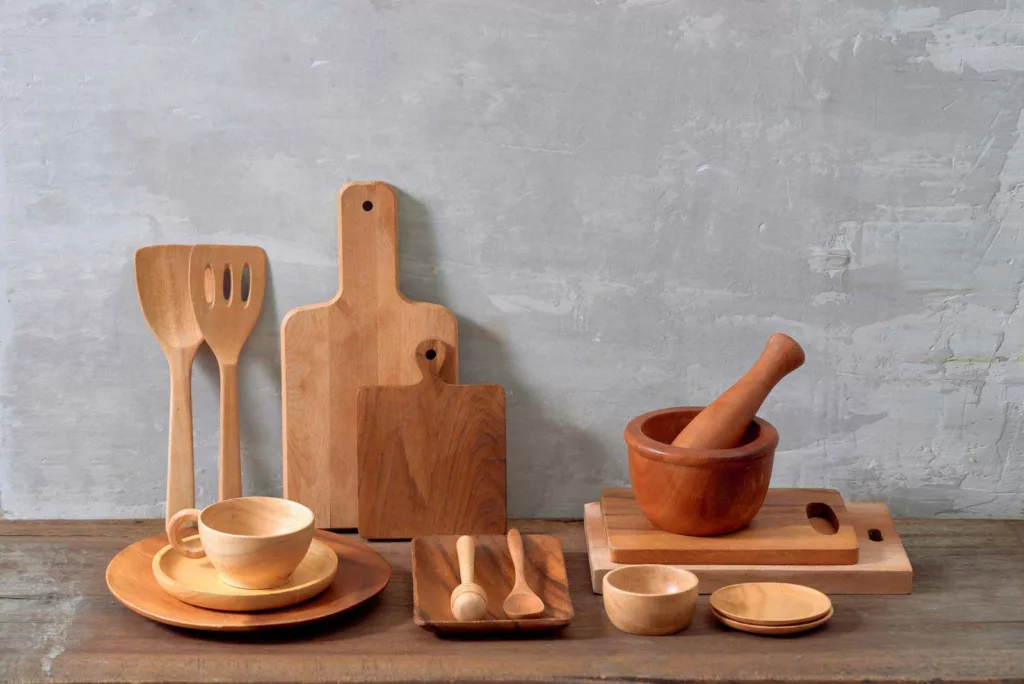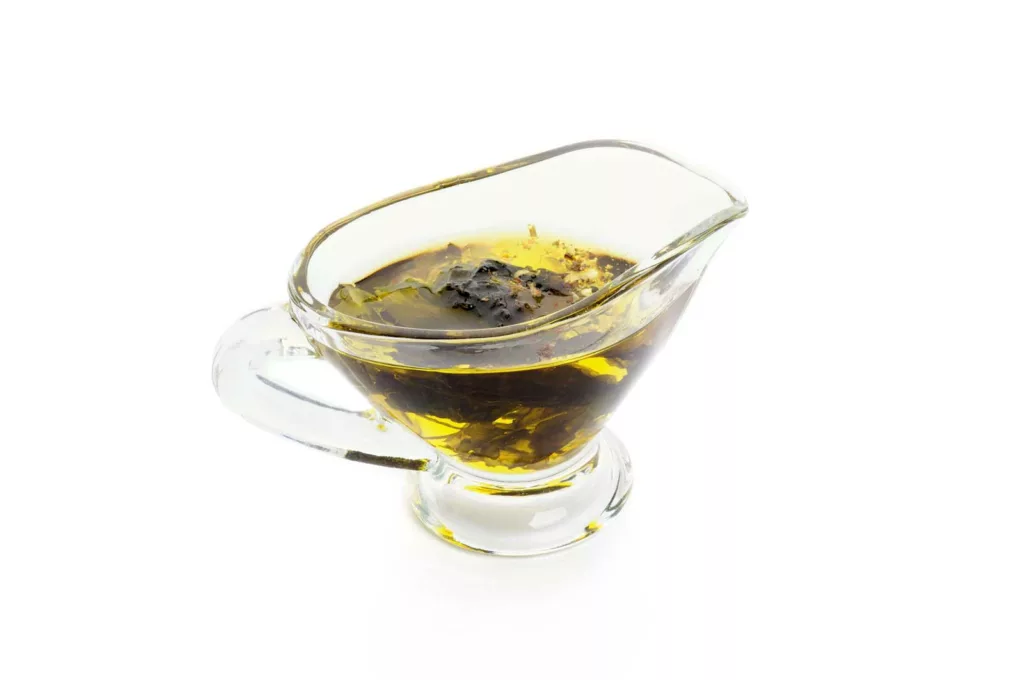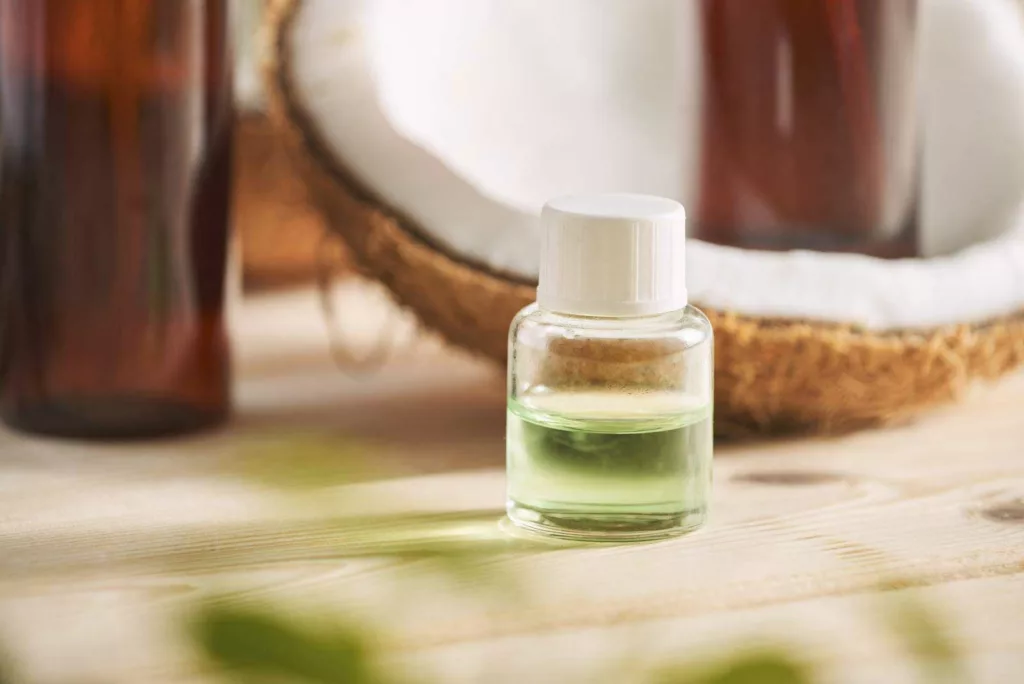How To Care For An Olive Wood Cutting Board? Chefs will tell you they can’t do without a knife. But what is cooking if a good knife cannot complement a fine olive wood cutting board?
Knowing how to care for an olive wood cutting board is essential. Thankfully, this article will help you keep your board in good shape.
Olive wood is one of the most essential kitchen utensils, and its uniqueness is due to its ability to perform diverse tasks. However, poor maintenance causes damage and unsightly stains rendering it inefficient.
Find out in this article the best tips for maintaining your olive wood board.
Is Olive Wood Good for a Cutting Board?
With olive wood cutting boards regarded as the best wood one can ever have, its unique quality has been associated with its ability to perform diverse tasks.
Olive wood cutting boards are exceptionally used as eye-catching charcuterie boards and are great for entertainment.
It can also double up as a chopping board to cut vegetables and carve meat due to its hard and dense surface.
Take a wide guess, and you would know olive wood comes from olive trees that grow across the Mediterranean region.
Creating an olive wood cutting board is easy but depends on your carpentry skills. The cutting board is made from planed pieces that are laminated together.
The olive wood cutting board is durable due to its thickness and non-porous feature.
It can stains and anti-bacterial activities and can witnd knife blades without leaving a scratch, as other cheap woods do.
In addition, it can stop meat juices from oozing through its pores, thus preventing cross-contamination, unlike other woods.

Olive wood
Essential Olive Wood Care

Olive Kitchen Utensil
Whether you’re contemplating getting a board that will suit your budget or environmental condition, the olive wood cutting board will always be an excellent choice for a food lover or chef.
When it comes to caring for your wooden cutting board, below are some of the best methods to choose from:
Washing And Drying
The goal of this method is to clean the surface of your board gently. Here are a few guidelines:
- Rule number one for maintaining your board would be to avoid putting your olive wood utensils in the dishwasher, as the high temperature can cause your beautiful piece to swell and crack over time.
- Use a mild cleaning agent and a soft fabric to clean both sides of your board with warm water. Do not soak your board in water for a long time.
You may adopt the Italian way by soaking a sponge in white vinegar. It is an excellent way to get your board sparkling without damage.
Oiling
Besides cleaning your olive wood cutting board with mild detergent, cleaning your utensil with oil frequently protects it, allowing it to maintain a shiny appearance.
It is advisable to use an oil that is fresh and odorless. Here are some basic steps to oiling your cutting board:
- Rub the oil on the board with a fresh cloth and allow the board to sit and absorb the oil
- Rub off the excess oil with a clean cloth.
- Store in a dry place until you’re ready to use again.
Sanitizing
One of the best ways to reduce the action of bacteria from the board to your food is to sanitize your wooden utensils.
Sanitize the surface with 3% hydrogen peroxide and water. Allow it to sit for some minutes, rinse thoroughly and dry with a clean cloth.
Neutralizing
Most of the time, our olive wooden kitchenware can absorb the sharp aroma that comes from spices like garlic or onions.
It is best to neutralize by applying a baking soda and water paste or by spraying lemon juice to return the kitchen to its original smell.
What is the Best Oil for Olive Wood?
While there are lists of oils available in the market, we have compiled a list of oils commonly used as olive wood conditioners.
Olive oil

Olive Oil
The olive oil serves as a wood seasoning substance, but like any other cooking oil, it can give off a foul, rotten aroma when it goes bad over time.
Consider using fresh olive oil free from residues to clean your olive wood cutting board.
Beeswax
While you may apply a generous amount of olive oil to your board the previous week, a little drop of beeswax is enough to do the trick!
The beeswax is thick, sticky, and commonly used to condition wood boards.
It leaves it with a glossy appearance and is not recommended for non-vegans because it is not a vegan-friendly product.
Refracted Coconut oil

Coconut oil
Due to its health and beauty benefits, coconut oil has since become a long trendy topic. In addition, it works best for conditioning your wooden board.
The steam distillation process removes excess saturated fat allowing the coconut oil to have a stable shelf-life.
Food-grade Mineral Oil
One of the best wooden care products that anyone can ever purchase from the market is liquid paraffin, commonly known as food-grade mineral oil.
It is an anti-drying substance that doesn’t affect your meal taste and elongates your wooden board’s life span by preventing moisture absorption.
Carnauba
Most people often call it the Queen of all waxes. Many commercial wood polishes come with a mixture of carnauba and liquid paraffin.
The carnauba adds a stunning glossy look to your board and increases its water resistance to prevent warping.
Conclusion
It is crucial to provide your olive wood utensils with proper care. Knowing how to properly clean and sanitize your utensils will help you enjoy them longer.
